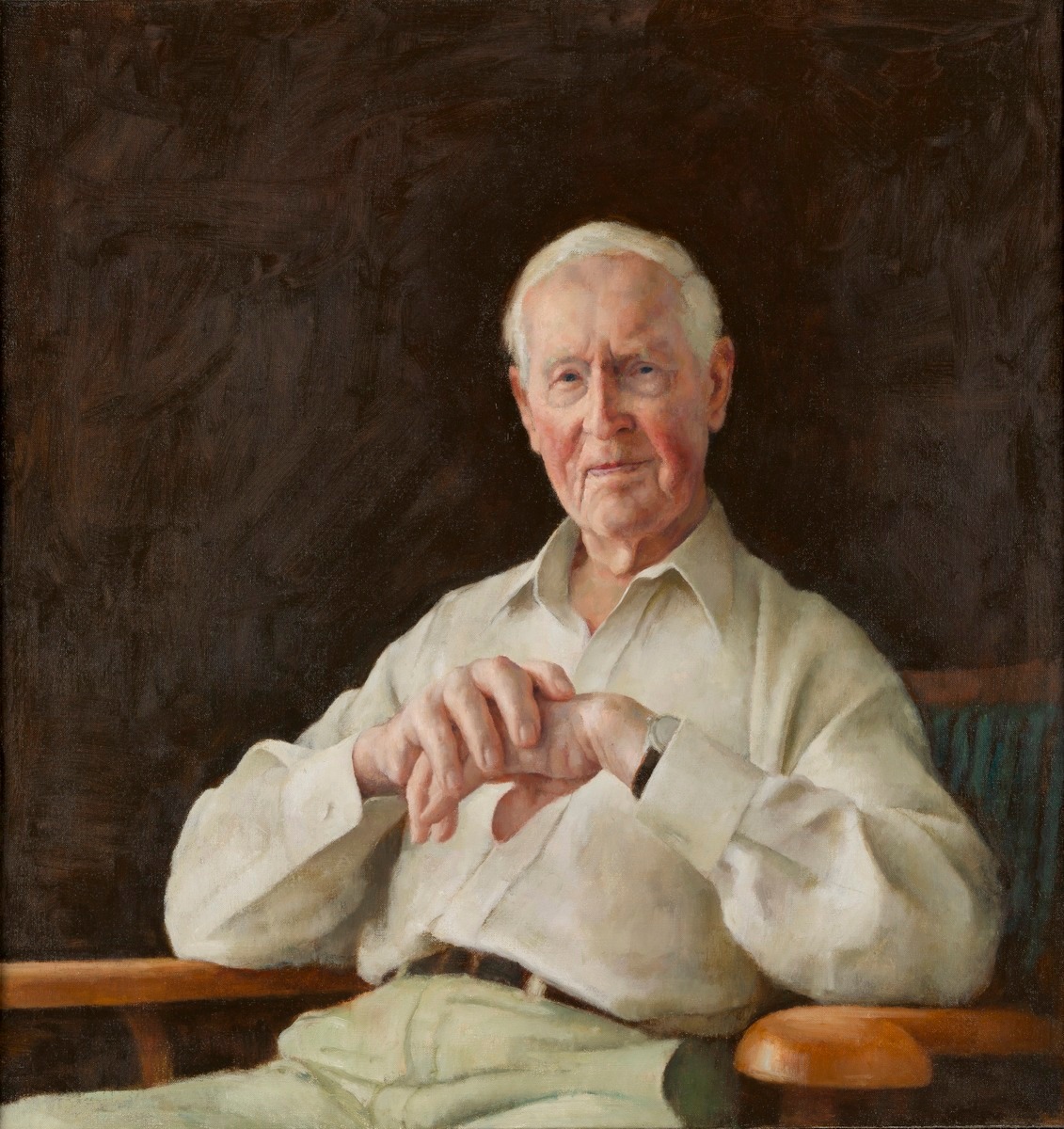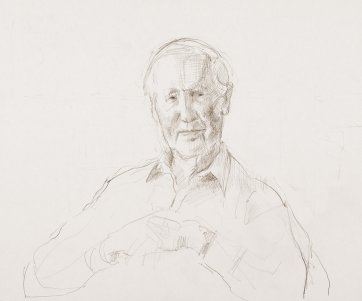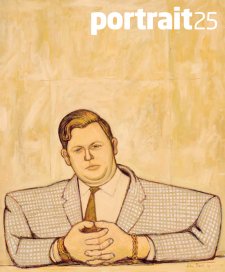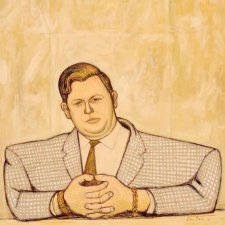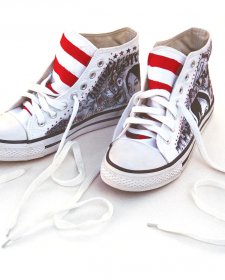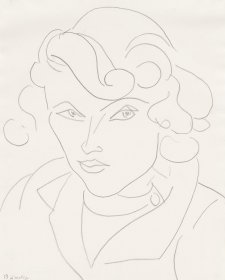It isn’t surprising to learn that Frank Fenner is ninety-three. After all, it is almost inconceivable that he could achieve as much as he has in less time. But meeting Fenner is a different matter. His good humour and gentle nature are immediately apparent.
His mannerisms, his speech patterns and his innate curiosity are those he possessed as a young man and barely altered by the years. Frank Fenner somehow manages to give the impression of being the same age of whomever he is speaking with. This is not to say he is not imposing: he is. Professor Frank Fenner is one of Australia’s most distinguished scientists. His eminence in the field of virology is particularly associated with the control of Australia’s rabbit plague and the eradication of smallpox, achievements of global significance.
John Frank Fenner AC CMG MBE, was born in Ballarat in 1914. Both his parents were teachers, his father being the principal of the Ballarat School of Mines. The family moved to Adelaide in 1916, when Frank’s father was appointed Superintendent of Technical Education in South Australia. His father’s interest in science sparked an early interest in geology but Fenner ended up completing degrees in medicine at the University of Adelaide in 1938; however, according to Fenner ‘this was before the mineral boom and the only jobs in geology were in universities’. His medical studies complete, Fenner served in the Australian Army Medical Corps in the Middle East and in Papua New Guinea. His decision to take a diploma of tropical medicine in the early days of the war was prescient and his work as a malariologist in the Army was to save many the lives of many Australian soldiers in the Pacific theatre. Fenner was awarded an MBE for his wartime studies of malaria.
Fenner’s interest had always been in research rather than in practicing medicine and after the war he was hand picked by Sir Macfarlane Burnet work at the Walter and Eliza Hall Institute of Medical Research in Melbourne, researching the mousepox virus as a model for human poxviruses such as smallpox. After a fellowship at the Rockefeller Institute in New York, he was, in 1949 at the age of just thirty-four, appointed Professor of Microbiology at the new John Curtin School of Medical Research at the Australian National University where he continued his research on the myxoma virus. The beautiful new buildings that house the School today bear little resemblance to the scratch built laboratories in temporary wooden huts that Fenner had for his research in the early 1950s.
Despite initial teething problems, the department prospered, attracting motivated staff and dozens of visiting workers from all over the world. In Canberra, Fenner’s work on the myxoma virus was instrumental in controlling the devastating rabbit plagues that had savaged Australian agriculture for nearly a century. In a daring gesture, Fenner together with colleagues Macfarlane Burnet and Ian Clunies Ross injected themselves with the myxoma virus prior to its release to reassure the public that the virus was not dangerous to humans. While most rabbits were killed by the imported virus that produced myxomatosis, a small number survived. The recording and analysing of the impact of the virus, the transmission and the build up of resistance to the disease established his research as a classic and enduring model of viral evolution in the scientific world.
Fenner’s pioneering work in the emerging field of viral genetics was recognised when he was appointed President of the International Committee on Taxonomy of Viruses (1970-75). Fenner was appointed Director of the John Curtin School in 1967, the same year he started with the World Health Organisation as Chairman of the Global Commission for the Certification of Smallpox Eradication, perhaps his greatest project.
Fenner has been elected to the fellowship of numerous faculties and academies, most notably the Foundation Fellow of the Australian Academy of Science (1954), Fellow of the Royal Society (1958), and Foreign Associate of the United States National Academy of Sciences (1977). Fenner has received many awards. Among these are the Britannica Australia Award for Medicine (1967), the Australia and New Zealand Association for the Advancement of Science Medal (1980), the World Health Organisation Medal (1988), the Japan Prize (1988), the Senior Australian Achiever of the Year (1999), the Albert Einstein World Award for Science (2000), and the Prime Minister’s Science Prize (2002).
This year Fenner’s alma mater, the University of Adelaide, made him a Doctor of the University, its highest honour. Fenner Hall, providing residence for post graduate and mature age students on the ANU campus, was named in recognition of Professor Fenner’s contribution to the ANU. His current project is a history of medical research.
Commissioning a portrait is somewhat like matchmaking. That is to say, it is something that aspires to be an objective process, but is ultimately an intuitive practice. While the new breed of matchmakers and online dating services trust the authority of computer databases to compare like fields to come up with the perfect match, ultimately the power of emotion inevitably triumphs over logic. Just knowing who is out there and bringing them together is the science.
Jude Rae is an artist renowned for her subtlety, attention to detail, keen powers of observation and conceptual vision. Like Fenner, she lives in Canberra. It seemed like a good match. When Andrew Sayers showed Professor Fenner the series of small paintings by Rae that were on display in the exhibition Truth and Likeness, he was full of admiration for her skill.
It was an easy next step to bring artist and sitter together and the two responded positively to each other. Rae was commissioned to produce a portrait of the scientist soon after and a series of sittings took place. A combination of chatty meetings, cups of tea and preliminary drawings allowed the artist to get to know the scientist better and to work up the portrait. Rae described Fenner as the ideal subject, ‘he was entertaining and lively. And gentlemanly in an old fashioned way, if that makes sense. He only insisted on one thing and that was that I would paint him in his white shirt … this was the nearest he got to vanity.’
Rae toyed with the idea of adding select objects in the background, the kind of telling accessories that would inform the viewer of Professor Fenner’s life and achievements. For a short time she considered the many medals and awards that he had earned but dismissed the notion as too cold. The sole exception perhaps was a crude homemade trophy crafted by his friends in the lab that parodied the double needle inoculators that Fenner invented and used in the final campaign to banish smallpox. Typically, this was the award that Fenner valued most. In the end Rae decided that there was no need for any props. If she could capture in paint the impressive power of Fenner’s complex personality that would be enough. She has, and yes, it is.
